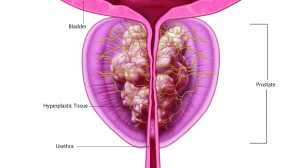Author Interviews, Biomarkers, COVID -19 Coronavirus / 17.07.2020
Overview of COVID-19 Serological Tests
MedicalResearch.com Interview with:
Abdi Ghaffari, Ph.D.
Associate Professor (adjunct)
Dept. of Pathology and Molecular Medicine
Queen’s University
MedicalResearch.com: What is the background for this study?
Response: SARS-CoV-2 virus has infected millions and changed our way of life by placing nearly 3 billion people under lockdown or some form of physical isolation. In the absence of a vaccine or reliable treatment, diagnostic testing must be a pillar of public health policy to control further spread of the virus and to guide gradual removal of lockdown measures.
COVID-19 antibody diagnostic tests are being increasingly used to assess the protective immunity status in the population. There are over 100 different COVID-19 antibody tests developed by companies worldwide in an effort to address this need. However, companies’ reported performance data are not always in line with the actual performance of these diagnostic tests in the real-world. In this work, we conducted a systemic review of independent studies (sponsored by academic or government institutions) that aimed to validate the performance of currently available COVID-19 antibody tests on the market. (more…)





























